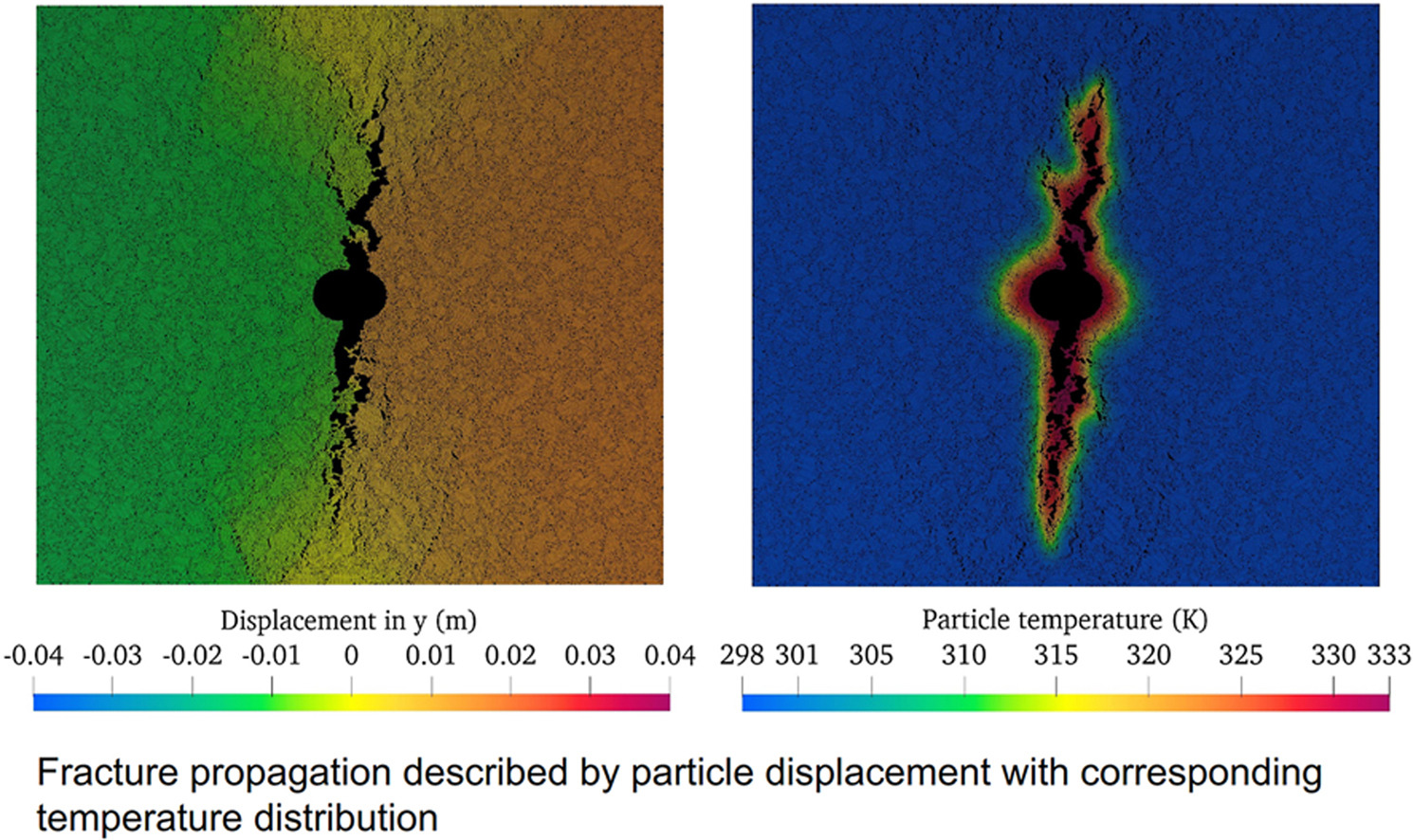-
Volumes 96-107 (2025)
-
Volume 105
-
Volume 104
-
Volume 103
Pages 1-314 (August 2025)
-
Volume 102
Pages 1-276 (July 2025)
-
Volume 101
Pages 1-166 (June 2025)
-
Volume 100
Pages 1-256 (May 2025)
-
Volume 99
Pages 1-242 (April 2025)
-
Volume 98
Pages 1-288 (March 2025)
-
Volume 97
Pages 1-256 (February 2025)
-
Volume 96
Pages 1-340 (January 2025)
-
Volume 105
-
Volumes 84-95 (2024)
-
Volume 95
Pages 1-392 (December 2024)
-
Volume 94
Pages 1-400 (November 2024)
-
Volume 93
Pages 1-376 (October 2024)
-
Volume 92
Pages 1-316 (September 2024)
-
Volume 91
Pages 1-378 (August 2024)
-
Volume 90
Pages 1-580 (July 2024)
-
Volume 89
Pages 1-278 (June 2024)
-
Volume 88
Pages 1-350 (May 2024)
-
Volume 87
Pages 1-338 (April 2024)
-
Volume 86
Pages 1-312 (March 2024)
-
Volume 85
Pages 1-334 (February 2024)
-
Volume 84
Pages 1-308 (January 2024)
-
Volume 95
-
Volumes 72-83 (2023)
-
Volume 83
Pages 1-258 (December 2023)
-
Volume 82
Pages 1-204 (November 2023)
-
Volume 81
Pages 1-188 (October 2023)
-
Volume 80
Pages 1-202 (September 2023)
-
Volume 79
Pages 1-172 (August 2023)
-
Volume 78
Pages 1-146 (July 2023)
-
Volume 77
Pages 1-152 (June 2023)
-
Volume 76
Pages 1-176 (May 2023)
-
Volume 75
Pages 1-228 (April 2023)
-
Volume 74
Pages 1-200 (March 2023)
-
Volume 73
Pages 1-138 (February 2023)
-
Volume 72
Pages 1-144 (January 2023)
-
Volume 83
-
Volumes 60-71 (2022)
-
Volume 71
Pages 1-108 (December 2022)
-
Volume 70
Pages 1-106 (November 2022)
-
Volume 69
Pages 1-122 (October 2022)
-
Volume 68
Pages 1-124 (September 2022)
-
Volume 67
Pages 1-102 (August 2022)
-
Volume 66
Pages 1-112 (July 2022)
-
Volume 65
Pages 1-138 (June 2022)
-
Volume 64
Pages 1-186 (May 2022)
-
Volume 63
Pages 1-124 (April 2022)
-
Volume 62
Pages 1-104 (March 2022)
-
Volume 61
Pages 1-120 (February 2022)
-
Volume 60
Pages 1-124 (January 2022)
-
Volume 71
- Volumes 54-59 (2021)
- Volumes 48-53 (2020)
- Volumes 42-47 (2019)
- Volumes 36-41 (2018)
- Volumes 30-35 (2017)
- Volumes 24-29 (2016)
- Volumes 18-23 (2015)
- Volumes 12-17 (2014)
- Volume 11 (2013)
- Volume 10 (2012)
- Volume 9 (2011)
- Volume 8 (2010)
- Volume 7 (2009)
- Volume 6 (2008)
- Volume 5 (2007)
- Volume 4 (2006)
- Volume 3 (2005)
- Volume 2 (2004)
- Volume 1 (2003)
• A coupled CFD-DEM model is used to simulate fracturing in porous media with temperature-dependent non-Newtonian polymer flow.
• A fluid-particle heat transfer model with temperature-dependent power-law rheology is implemented and verified analytically.
• Effects of polymer concentration and thermal conditions on fracture initiation and propagation behavior are analyzed.
• A fracture initiation criterion using dimensionless parameters predicts fracturing under varying thermal conditions.
This study numerically investigates fracture initiation and propagation during polymer-based solution injection under varying thermal conditions. A coupled computational fluid dynamics and discrete element method (CFD-DEM) framework is used to model non-Newtonian fluid flow through a granular medium. The rheology of shear-thinning fluids and fluid-particle heat transfer are modeled with temperature-dependent power-law parameters. The current model is validated by comparing fracture propagation behavior and peak pressures against the similar numerical study. The adequacy of the fluid-particle heat transfer model is confirmed by comparing the results with an analytical approach. The simulation results show that polymer concentration significantly influences fracturing behavior. Less concentrated, lower-viscosity fluids are more likely to create linear fracture paths with enhanced fluid infiltration. In contrast, fluids with higher polymer concentrations and viscosities tend to produce wider fractures characterized by greater particle displacement. An increase in the fluid temperature injected into the cooler medium leads to a reduction of fracture size for the 0.4 % (w/w) XG solution, while the 0.6 % (w/w) XG solution tends to form more linear fracture tips. At sufficiently elevated medium temperatures, the injection of cooler fluids prevents fracture initiation for both concentrations. Lower-viscosity cases, dominated by infiltration, reflect broader thermal transitions in particle temperature distribution, whereas higher-viscosity cases, characterized by particle displacement, exhibit narrower transition regions along fracture boundaries. A fracture initiation criterion for shear-thinning fluids is proposed based on the dimensionless parameters Π1 and τ2. Fracture occurs when Π1 > 73 and τ2 > 3.58 × 10−9. The 0.4 % solution exhibits lower thermal sensitivity with relatively minimal variations in the dimensionless parameters, while the 0.6 % solution shows a greater response to temperature changes, reflected in broader variations of these parameters.

